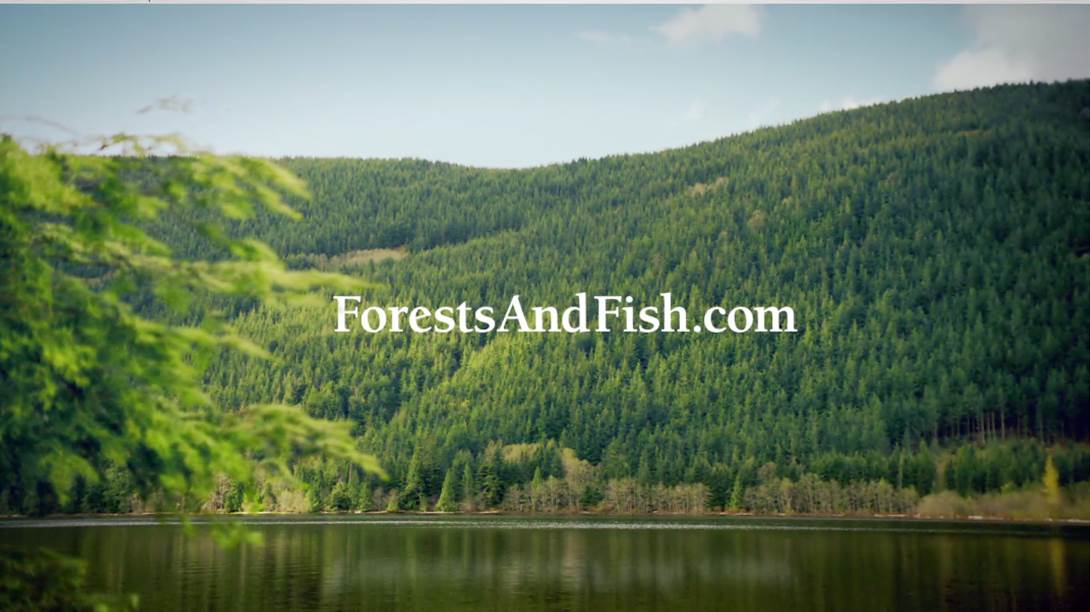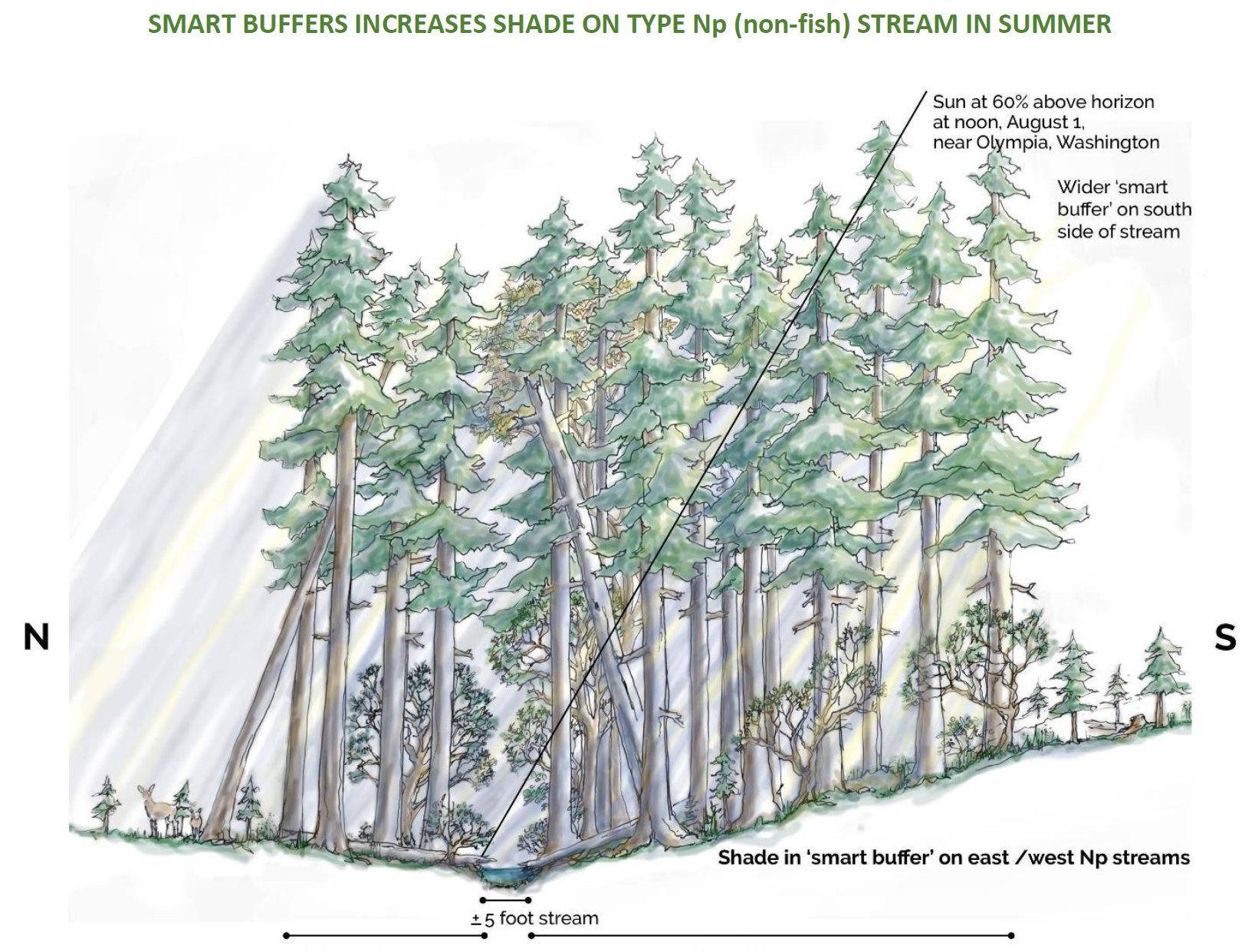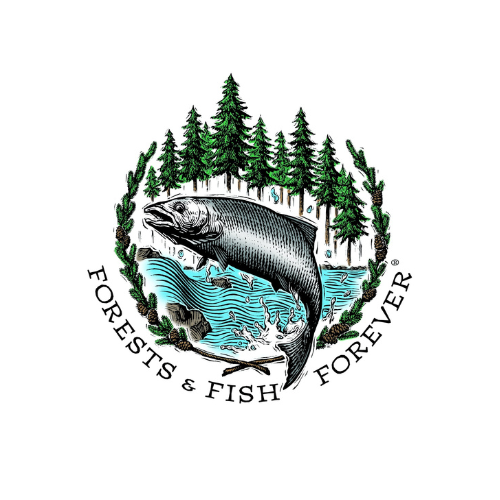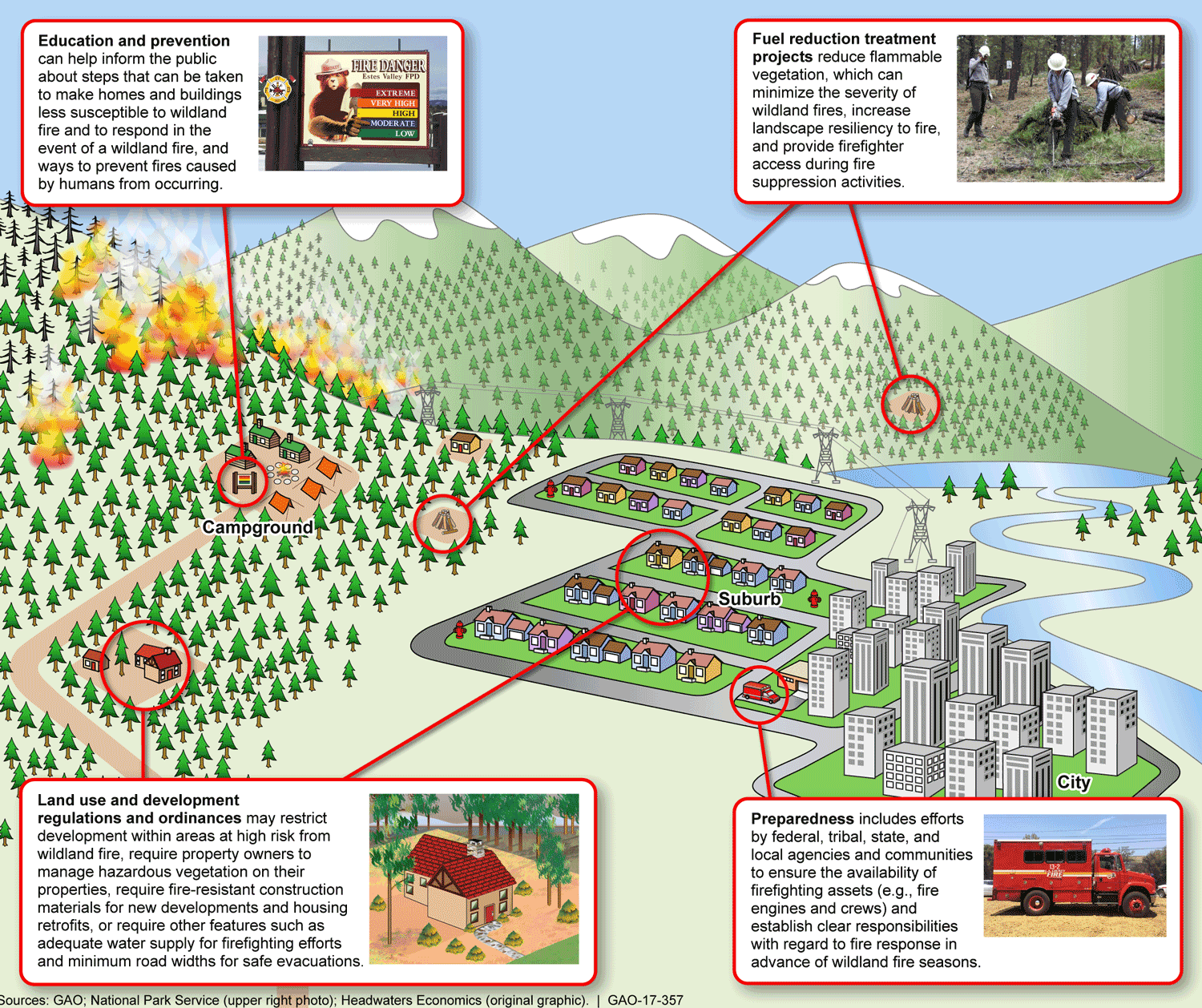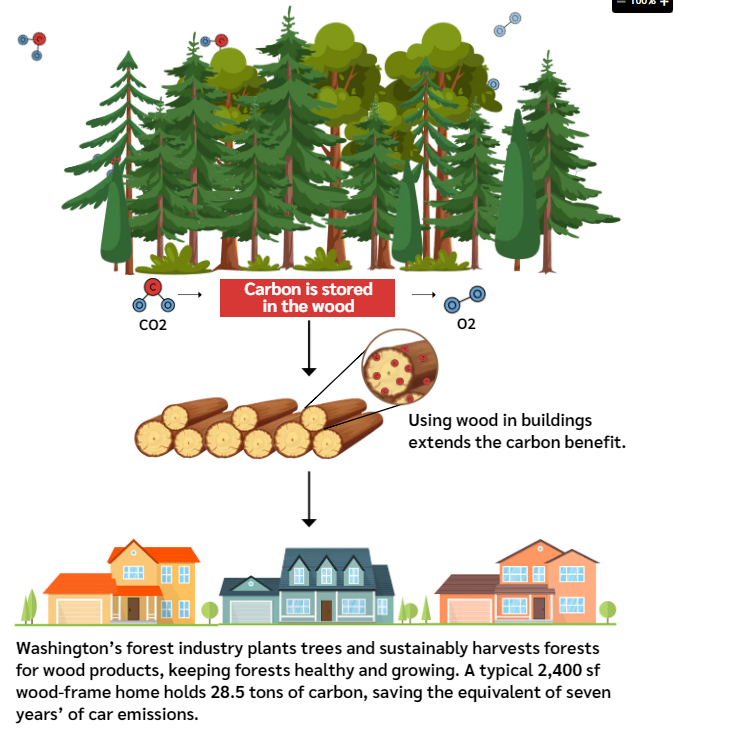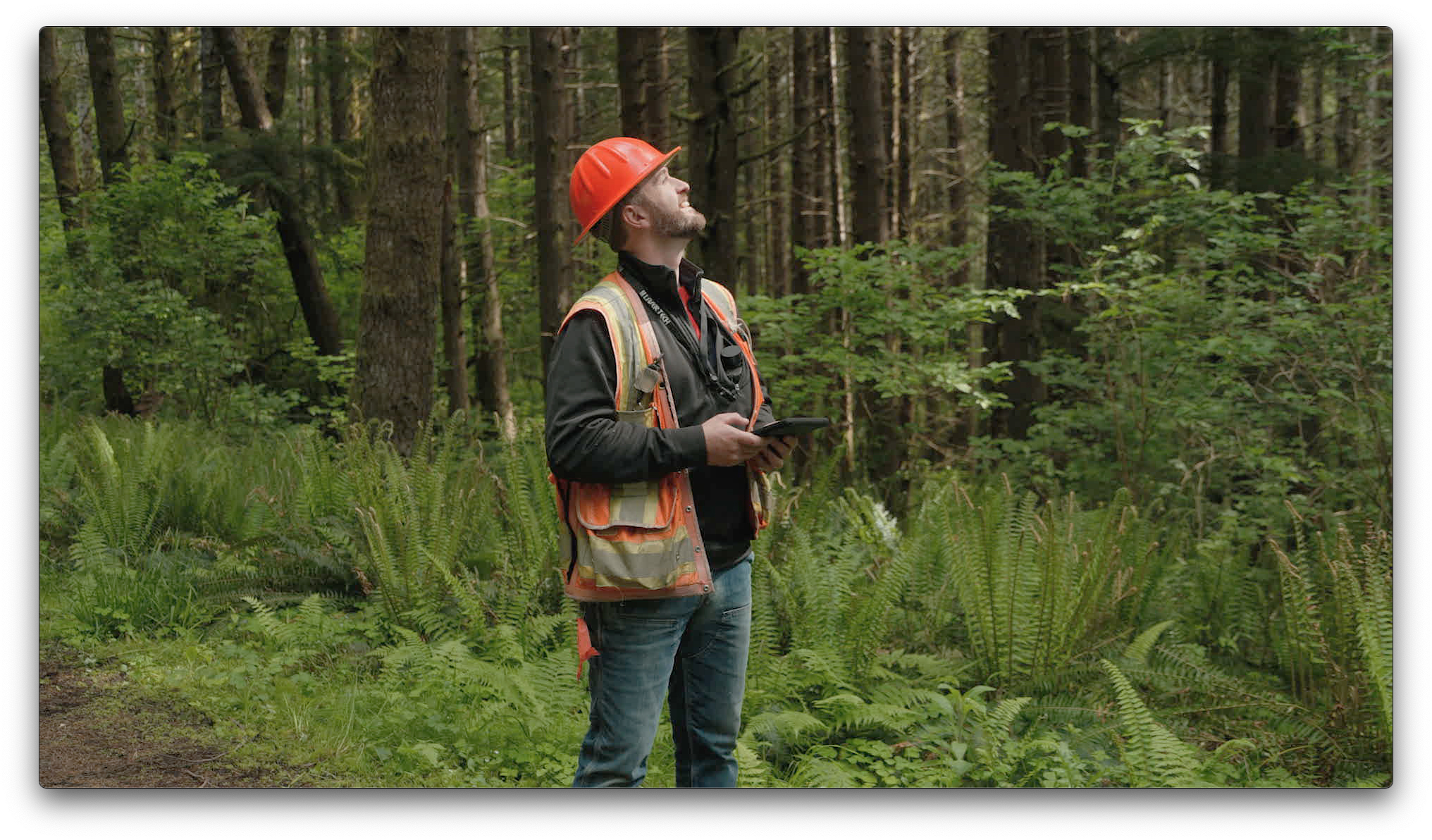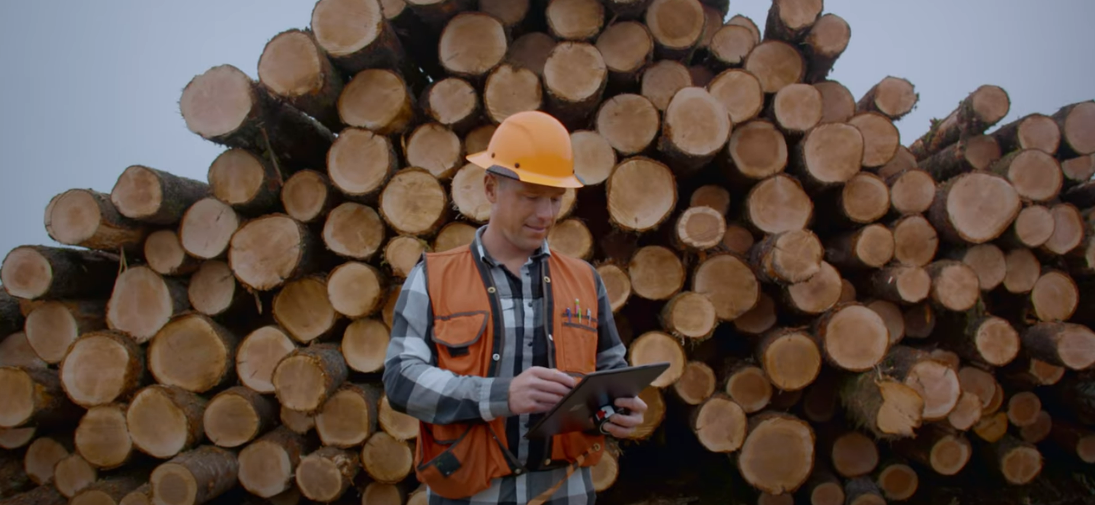WFPA advances policies that keep forests working, mills running, and rural communities strong.
WASHINGTON FOREST PROTECTION ASSOCIATION
Homepage
Recent Blog Posts
Issue Papers and Np Rulemaking
SUSTAINABLE FORESTRY BENEFITS
Loading factoids…
Explore More Topics
-

-
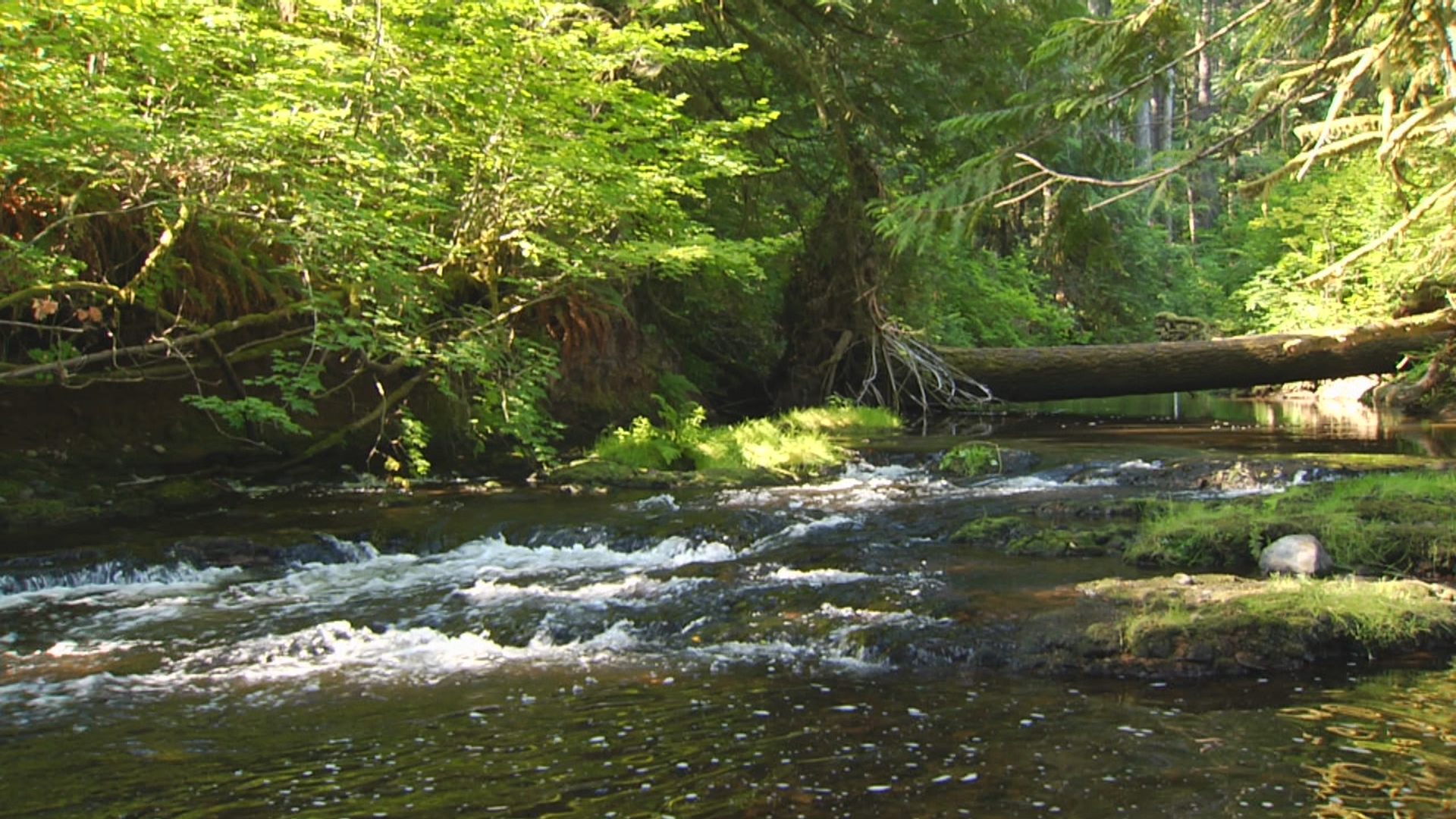
-
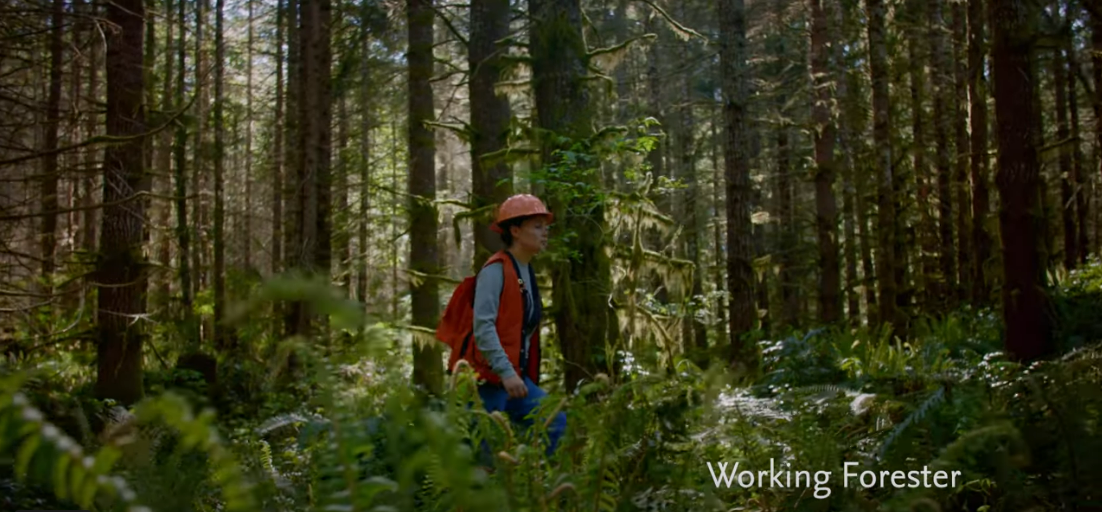 Forests & Wood lower carbonForests & wood products offset 35% of WA's annual emissions
Forests & Wood lower carbonForests & wood products offset 35% of WA's annual emissions -
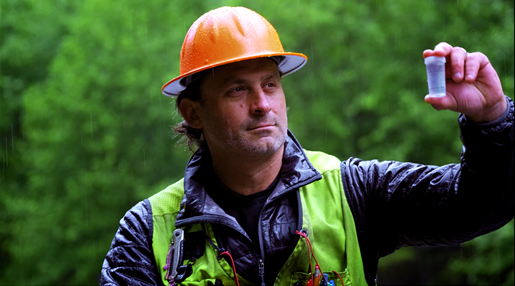
-
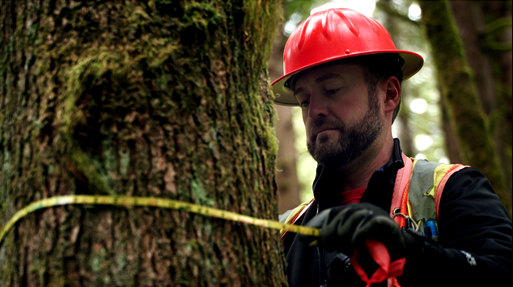 Sustainable Supply of Wood ProductsGrowing climate friendly wood
Sustainable Supply of Wood ProductsGrowing climate friendly wood -
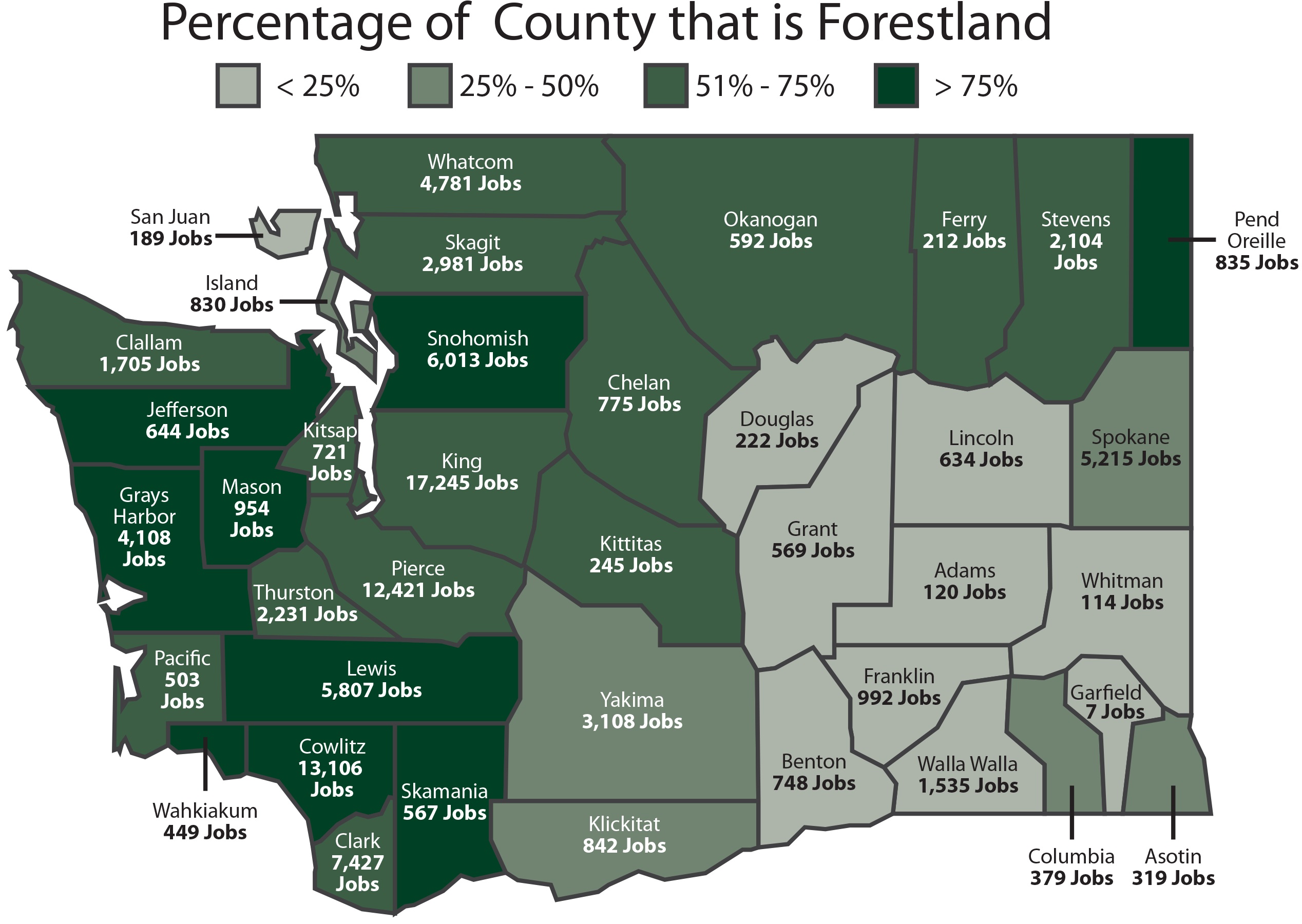
-
 LOGGER SAFETY INITIATIVEPromoting a culture of safety for workers in the woods.
LOGGER SAFETY INITIATIVEPromoting a culture of safety for workers in the woods. -
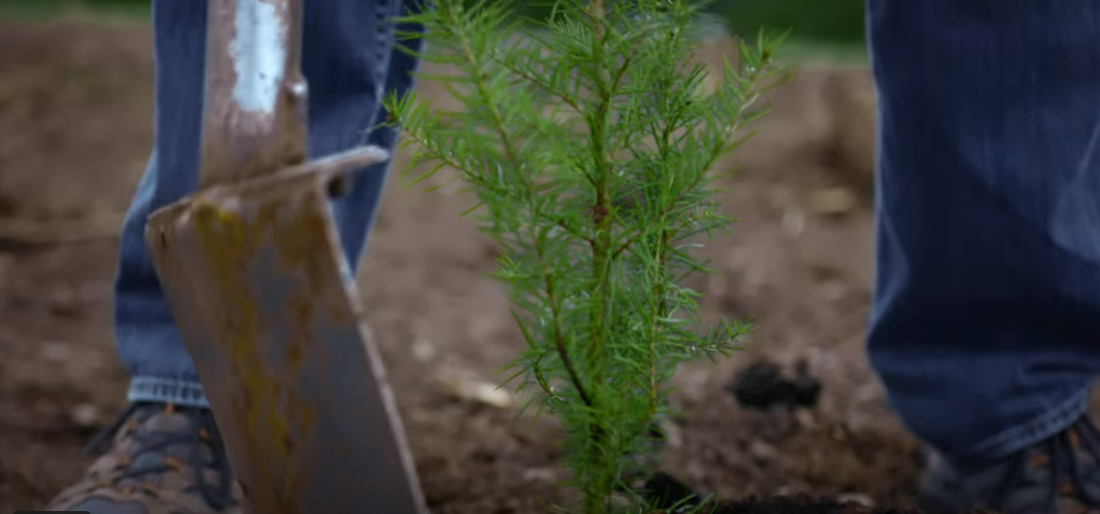
-
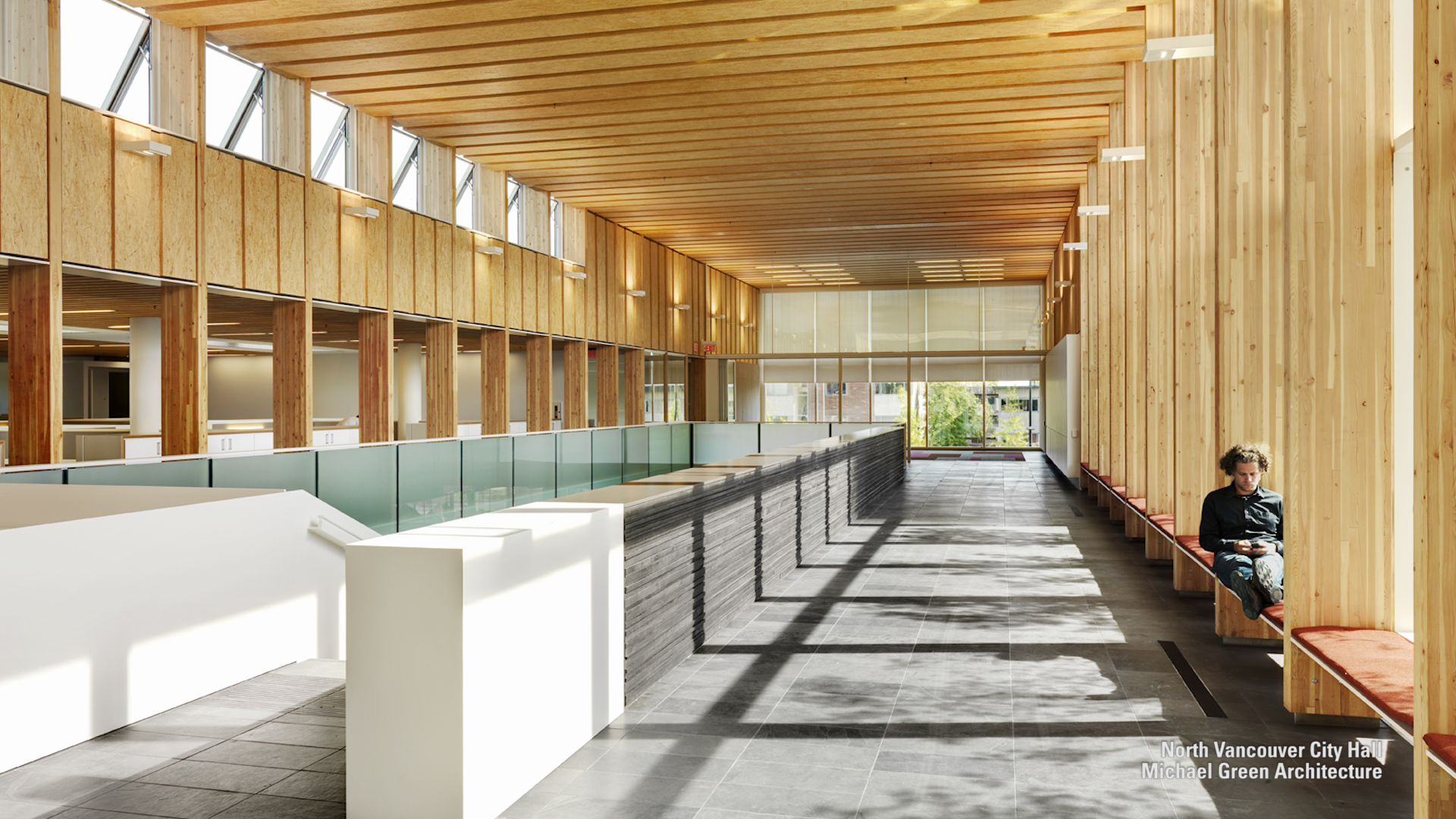
-
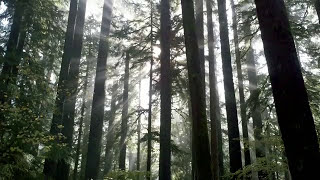 POWERED BY THE SUNGrowing trees absorb carbon dioxide and continue storing carbon for the life of wood products.
POWERED BY THE SUNGrowing trees absorb carbon dioxide and continue storing carbon for the life of wood products. -
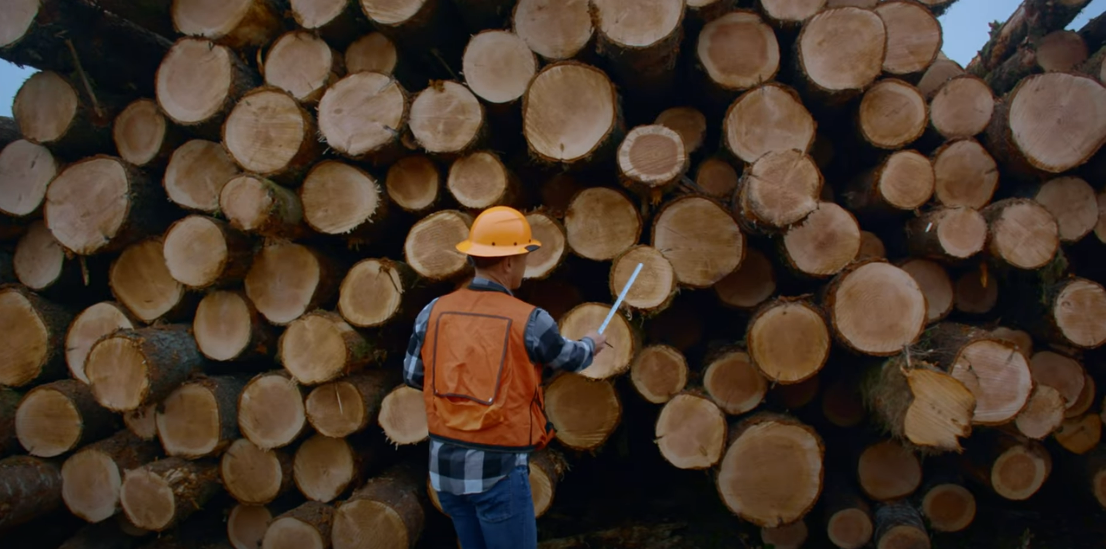 Not only is wood carbon friendlybut also recyclable and biodegradable
Not only is wood carbon friendlybut also recyclable and biodegradable -
 Preventing WildfiresLands Commissioner Franz - stop the trend of catastrophic wildfire
Preventing WildfiresLands Commissioner Franz - stop the trend of catastrophic wildfire -

-
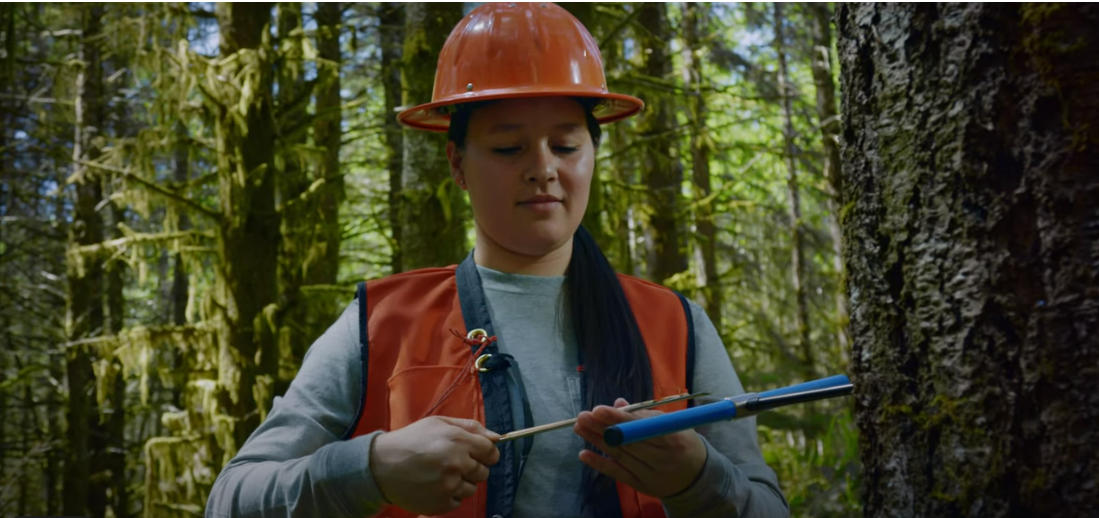
-

Donate today to the Washington State Political Action Committee to ensure policymakers understand the vital role of working forests in providing jobs, sustainable wood products, wildfire prevention, and environmental stewardship.
Donate to
WFPA WAPAC
Contributions may also be sent to:
Washington Forest Protection Association
WFPA WA PAC
724 Columbia St. NW, Suite 250
Olympia, WA 98501
SUPPORT FOR
WORKING FORESTS
Washington’s working forests provide diverse public benefits, but the ability to sustainably manage our forests is always at risk.
Managing our working forests provides wood products, jobs, sustainable forestry and lowers the risk of wildfire by building roads for fire breaks and removing excessive fuels from the forest.
Your contribution to the Washington State Political Action Committee allows us to educate state policy makers on issues that affect private forest owners and workers and the impact of their decisions on the forest products industry.
Help us give a voice to support the importance of working forests, maintain a thriving state economy that meet nation-leading standards for environmental protection.
As a 501(c)(4), contributions to WFPA State Political Action Committee are not tax deductible.

